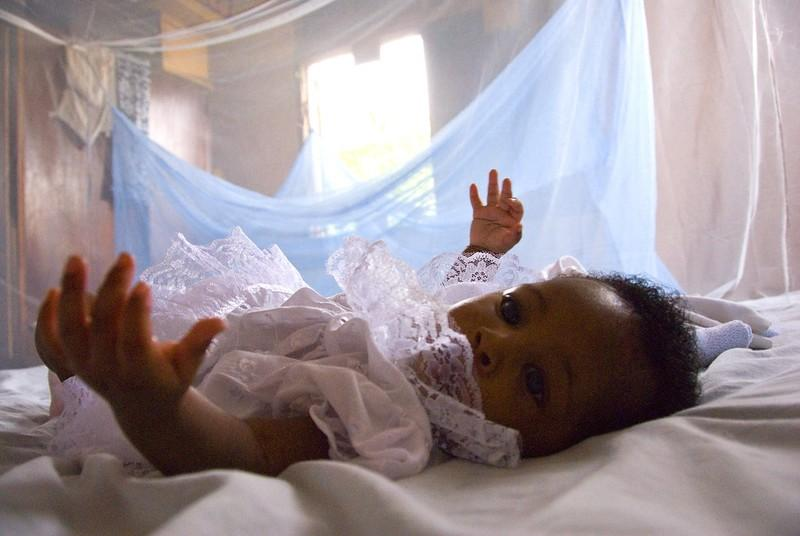
A new model developed through the international Pediatric Emergency Research Network (PERN) creates a predictive tool that will help clinicians decide if a child's pneumonia warrants hospitalization or intensive care, according to new findings in The Lancet Child and Adolescent Health.
Based on outcomes seen in 2,200 children ages 3 months up to 14 years old from 14 countries who sought care at emergency departments (EDs) for community-acquired pneumonia, the study classified which symptoms were predictive of more serious disease progression.
Overall, 58.1% of participants had mild, 36.5% moderate, and 5.4% severe disease. Runny nose and congestion were negatively associated with moderate to severe illness (adjusted odds ratio [aOR], 0.59; 95% confidence interval [CI], 0.46 to 0.76).
Chest retractions associated with severe disease
The symptoms most highly associated with severe pneumonia were hypoxemia (oxygen saturation 90% to 92%; aOR, 3.24) and chest retractions (aOR, 2.86). The model suggests that patients showing those signs should be admitted during ED visits, while children with any runny nose or congestion and no signs of respiratory distress can be treated at home.
While only a small percentage of children with pneumonia will have severe outcomes, it's crucial to identify these patients early.
"While only a small percentage of children with pneumonia will have severe outcomes, it's crucial to identify these patients early so clinicians can act swiftly and aggressively to prevent further deterioration in these children,” said lead author Todd Florin, MD in a press release from the Ann & Robert Lurie Children's Hospital of Chicago.
A predictive model based on the risk factors of symptoms showed good-to-excellent accuracy when compared to just clinician judgment alone in predicting illness severity.
"Once externally validated, our models will provide evidence-based information for clinicians to consider when evaluating pneumonia in children," said Florin.
.jpg)











